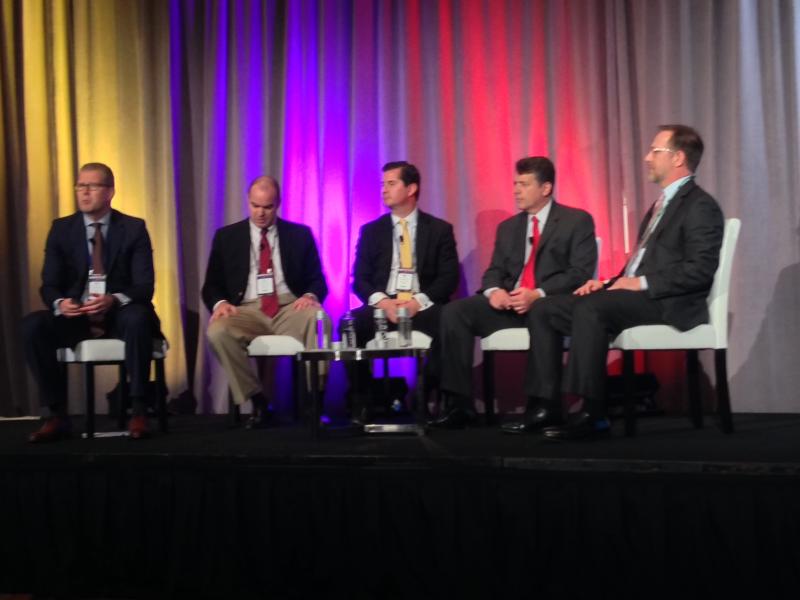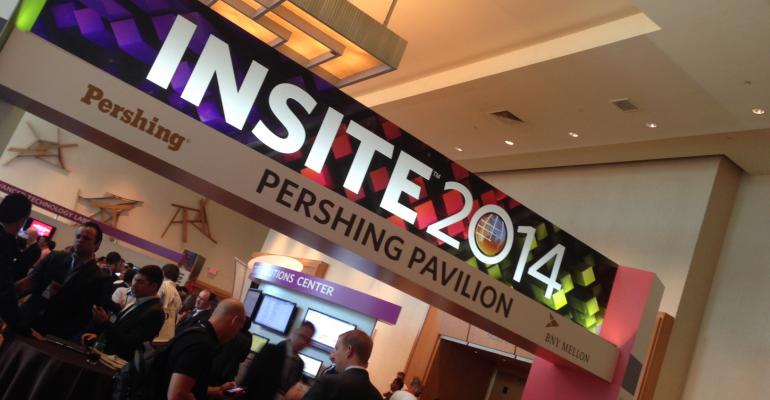Are liquid alternative products really all that revolutionary to investors today? Five years ago, liquid alternatives had $40 billion in assets, today it’s over $300 billion, and they're predicted to hit $2 trillion in 5 to 10 years. So when do these products become too mainstream for the label? Lockwood Advisors’ CIO Jamie Lewin thinks it could be sooner than we’d expect.
 “This may well be the very last year we talk about liquid alternatives to the extent to which we certainly may label them ‘alternative’ given to the extent to which they’re actually becoming mainstream,” Lewin (who is also head of manager research at BNY Mellon Investment Management) told attendees of an INSITE panel session on liquid alternatives Thursday.
“This may well be the very last year we talk about liquid alternatives to the extent to which we certainly may label them ‘alternative’ given to the extent to which they’re actually becoming mainstream,” Lewin (who is also head of manager research at BNY Mellon Investment Management) told attendees of an INSITE panel session on liquid alternatives Thursday.
Investors are recognizing they need to expand their toolkit to meet their investing needs, Lewin says. “As these investment capabilities become mainstream, the word alternative will start to lose its meaning and its relevance when thinking about this segment.”
The segment—which refers to mutual funds and exchange-traded products that employ hedging and leverage strategies—more and more are not really using so-called alternative techniques. “Well the industry loves the word alternative because if it’s not a stock or a bond that means you can slap 2 and 20 [2% management fee and 20% performance fee] on it,” joked Joe Miletich, managing director at Mellon Capital Management.
All joking aside, David Horsfall, managing director of Standish Mellon Asset Management, suggested that these products should more appropriately termed “objective investments,” because they’re designed to fulfill a specific need for investors’ portfolio. “Meaning that some of those objects are very high risk and high return, and some of the objectives may be less so, but thinking about it in terms of [investors’] objectives,” Horsfall says.

